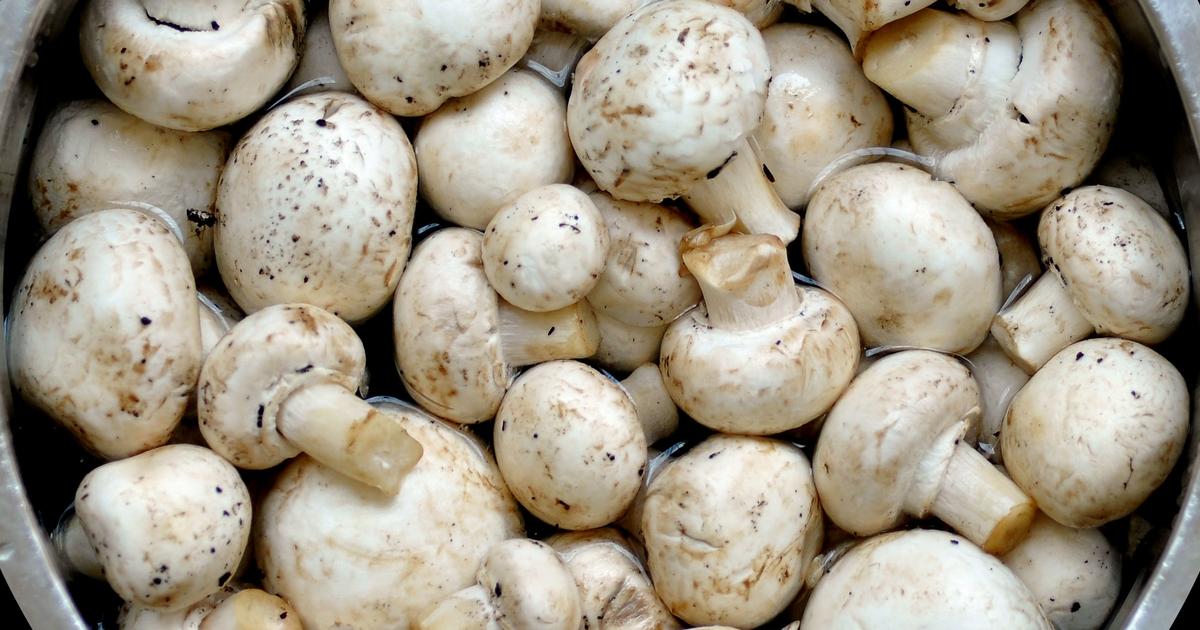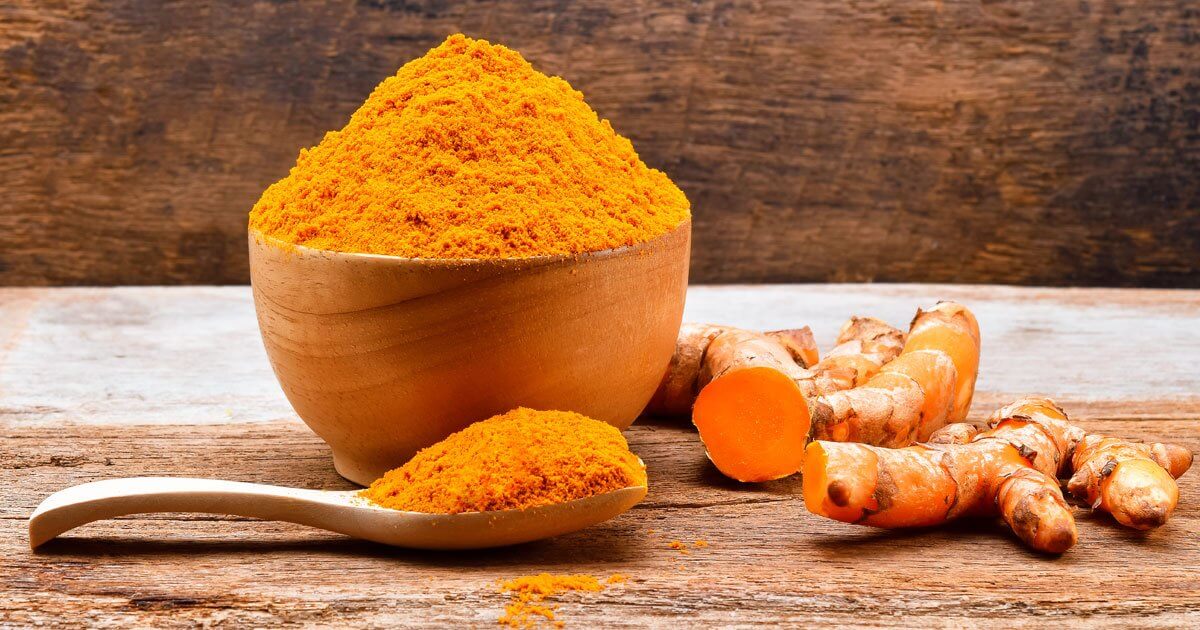Delicious Defenders: Battle Inflammation with These Tasty Treats
13. Mushrooms

Throughout the centuries, mushrooms have been part of the folk remedies of many cultures. These common fungi have complex chemical properties that are still being studied. The edible varieties have a high nutritional value, providing complex carbohydrates, minerals, and vitamins. As scientists continue to break down the many compounds in fungi, they are finding individual chemicals known to be anti-viral and anti-inflammatory. Among the anti-inflammatory compounds are phenols, antioxidants, and terpenoids. If patients are incorporating fungi into their diets for the anti-inflammatory effects, it is important they know the species they are eating, because only a few varieties are safely edible. In addition, the anti-inflammatory effects are greatest in raw mushrooms as opposed to cooked.
14. Turmeric

The yellow spice turmeric is commonly used in the cuisines of the Middle East and Southeast Asia. It is also the source of the yellow color used to dye the traditional robes of Buddhist monks. The compound that gives turmeric its color is curcumin, which also has anti-inflammatory properties. Curcumin has been found to work against the inflammation caused by arthritis, diabetes, and other chronic illnesses. Curcumin supplements are available that provide higher levels of this compound than the spice alone. It is also suggested that, in cooking, turmeric should be used in combination with black pepper. A compound, piperine, in the pepper improves the absorption of curcumin by the body.
